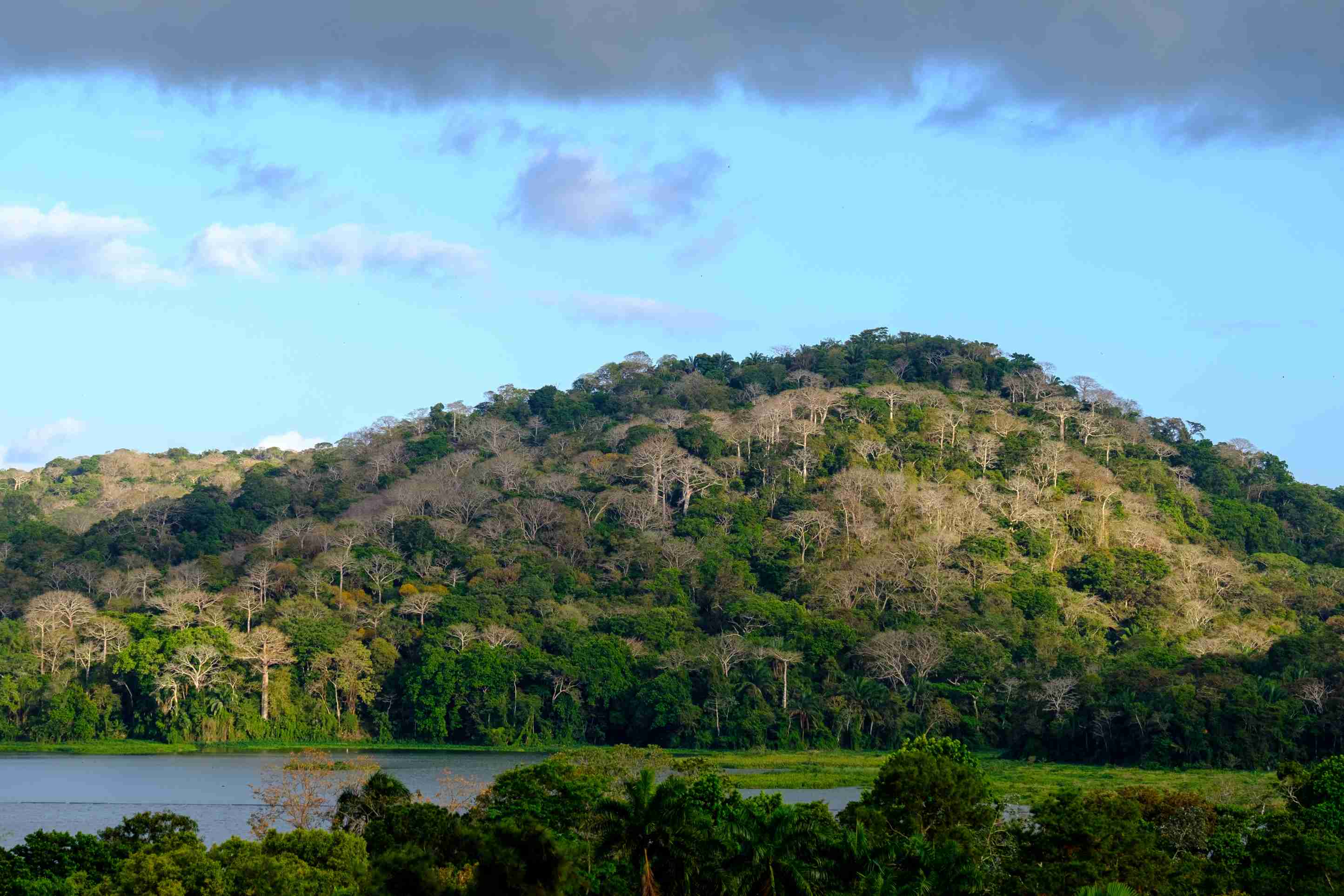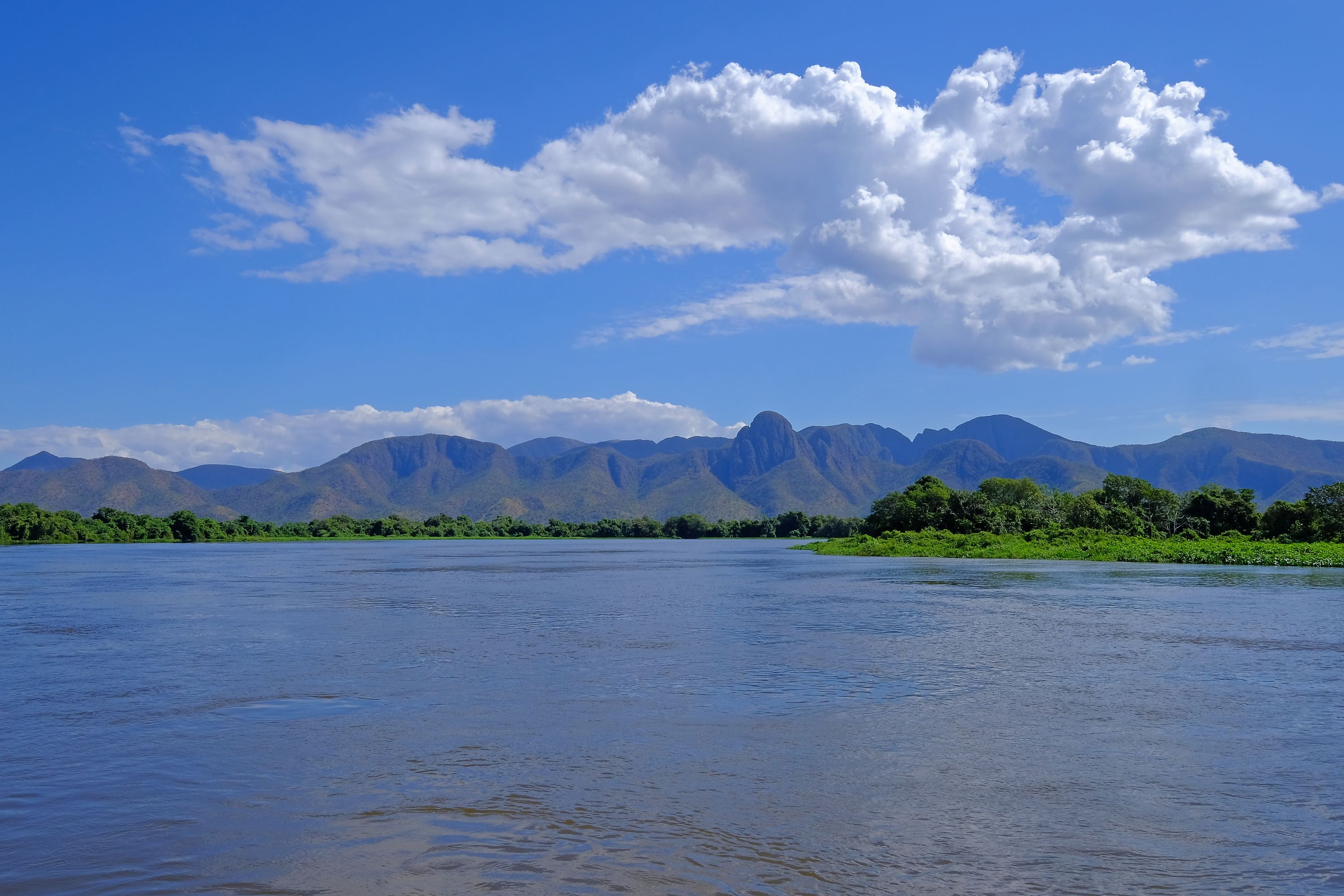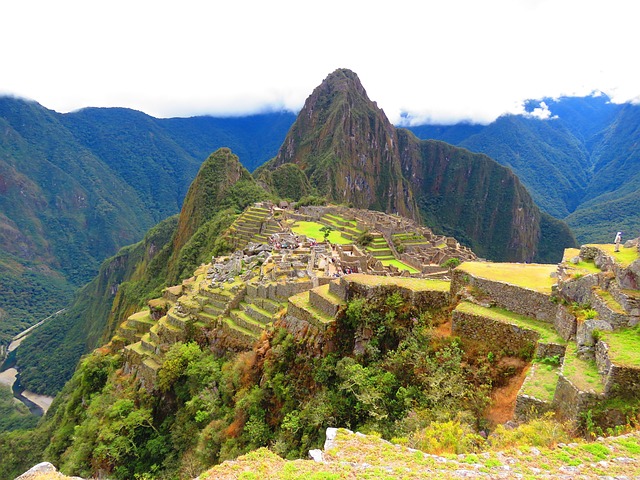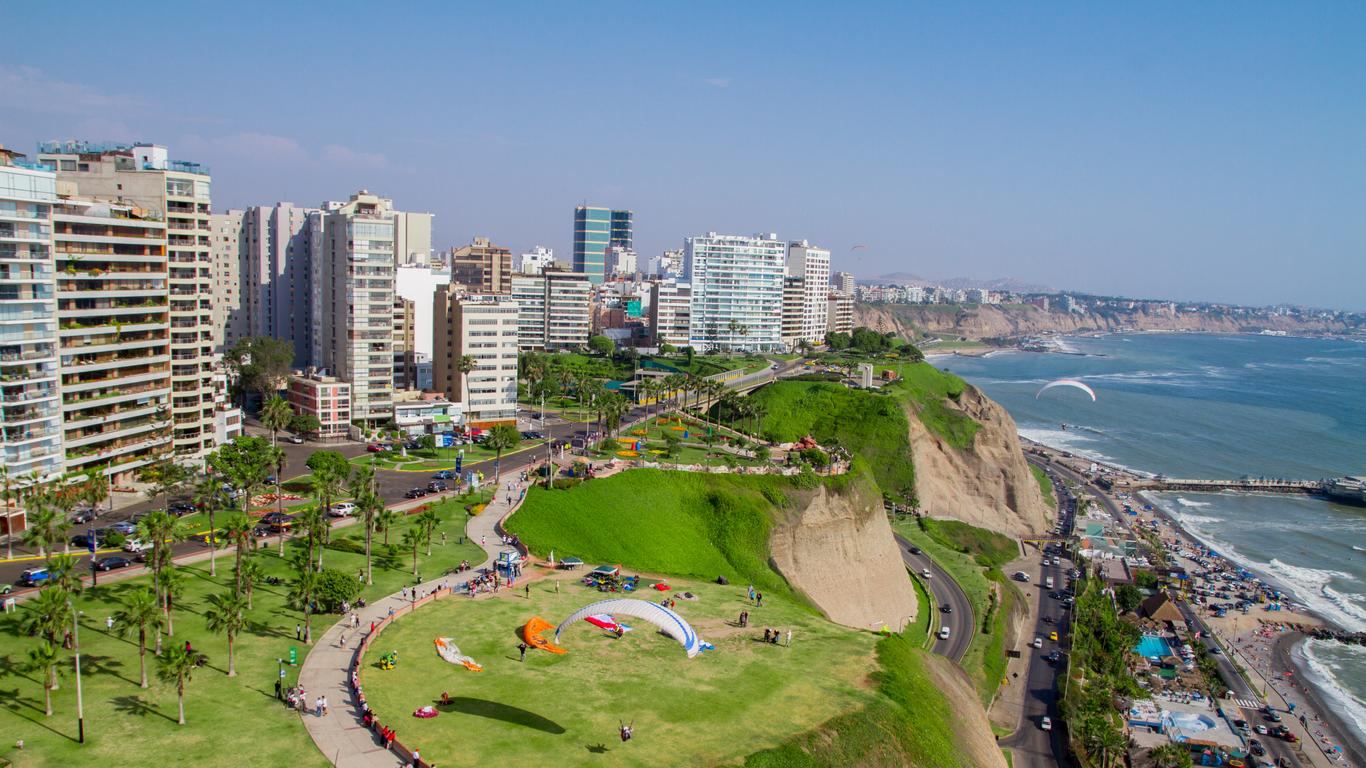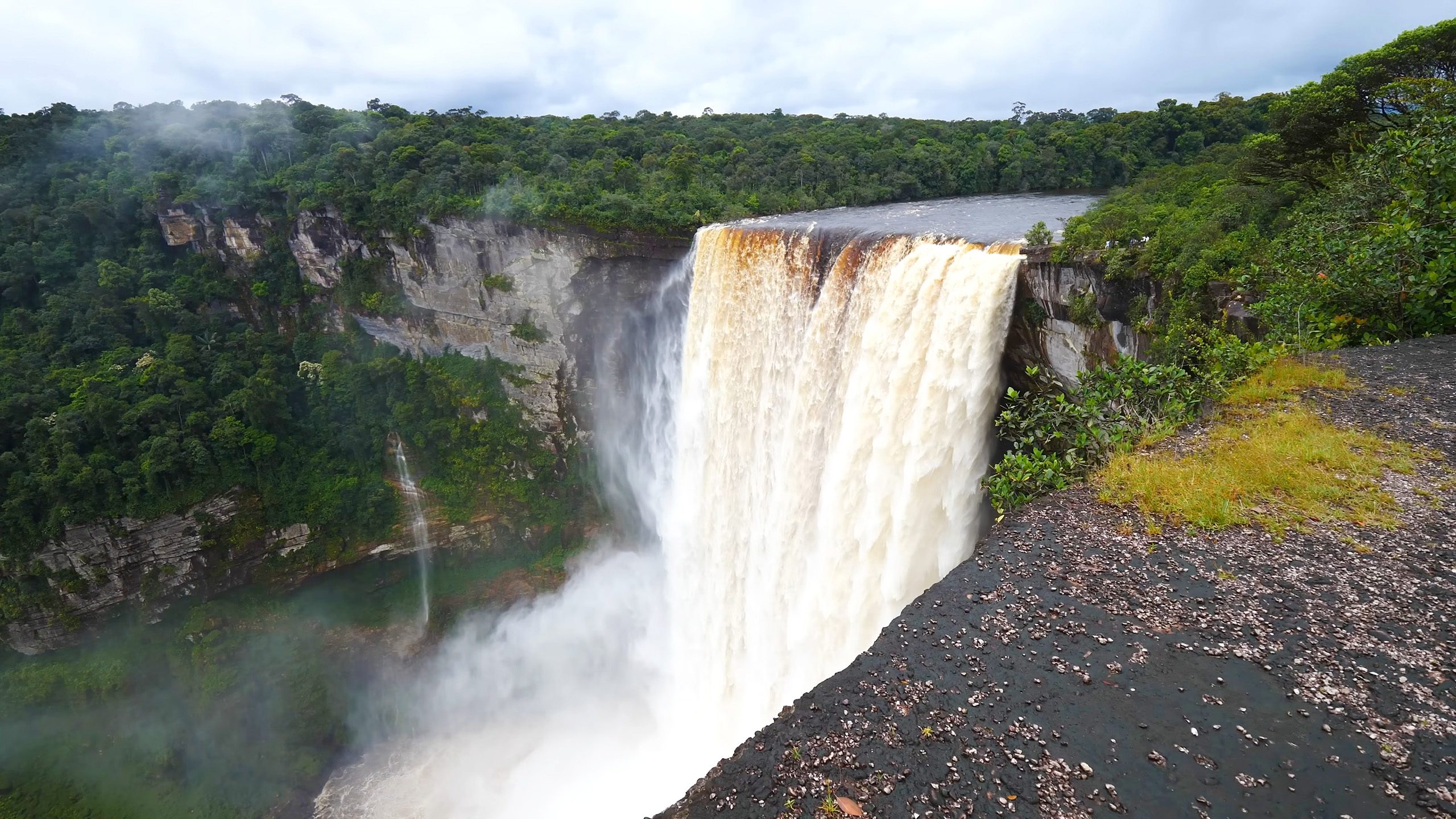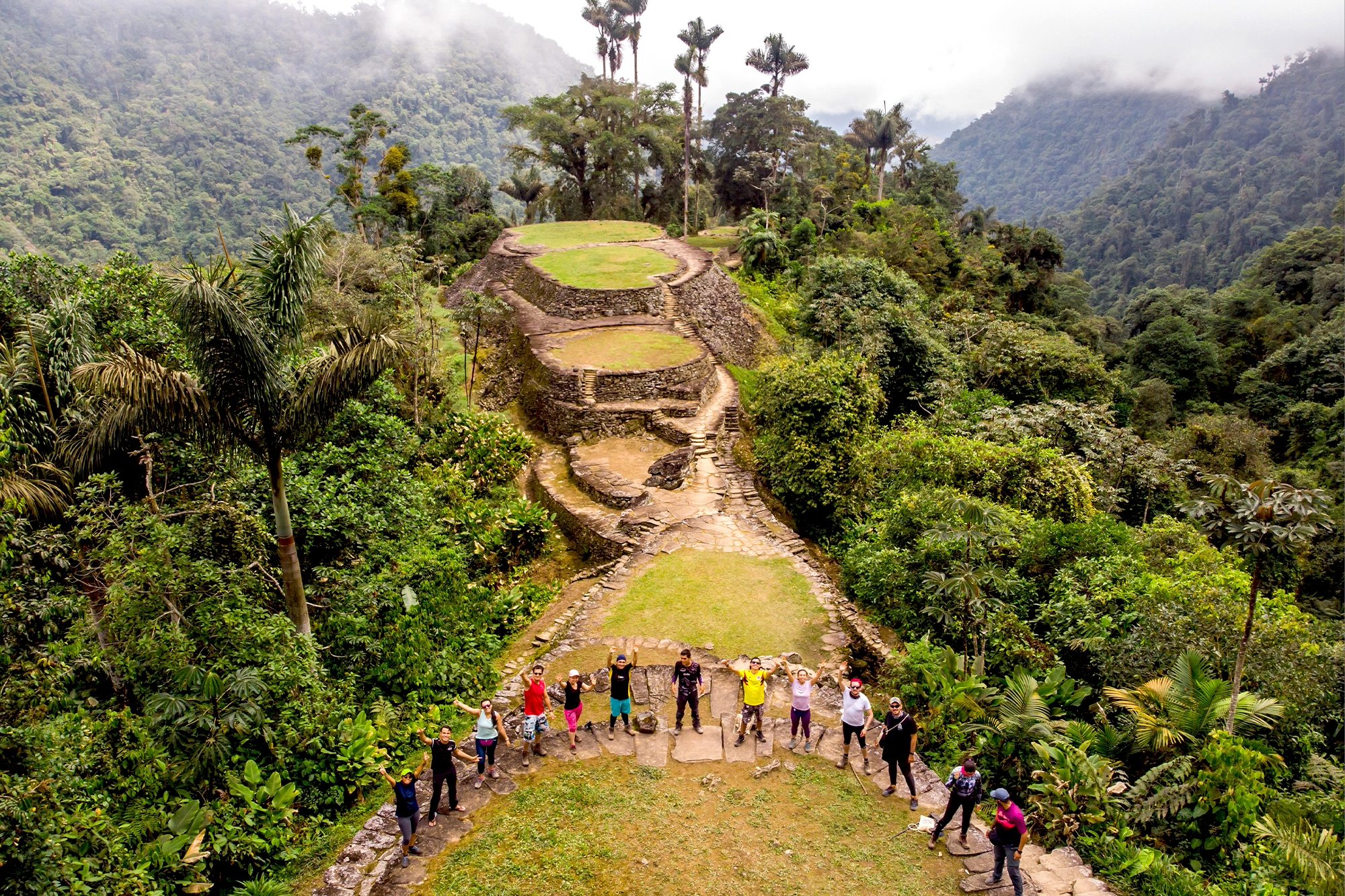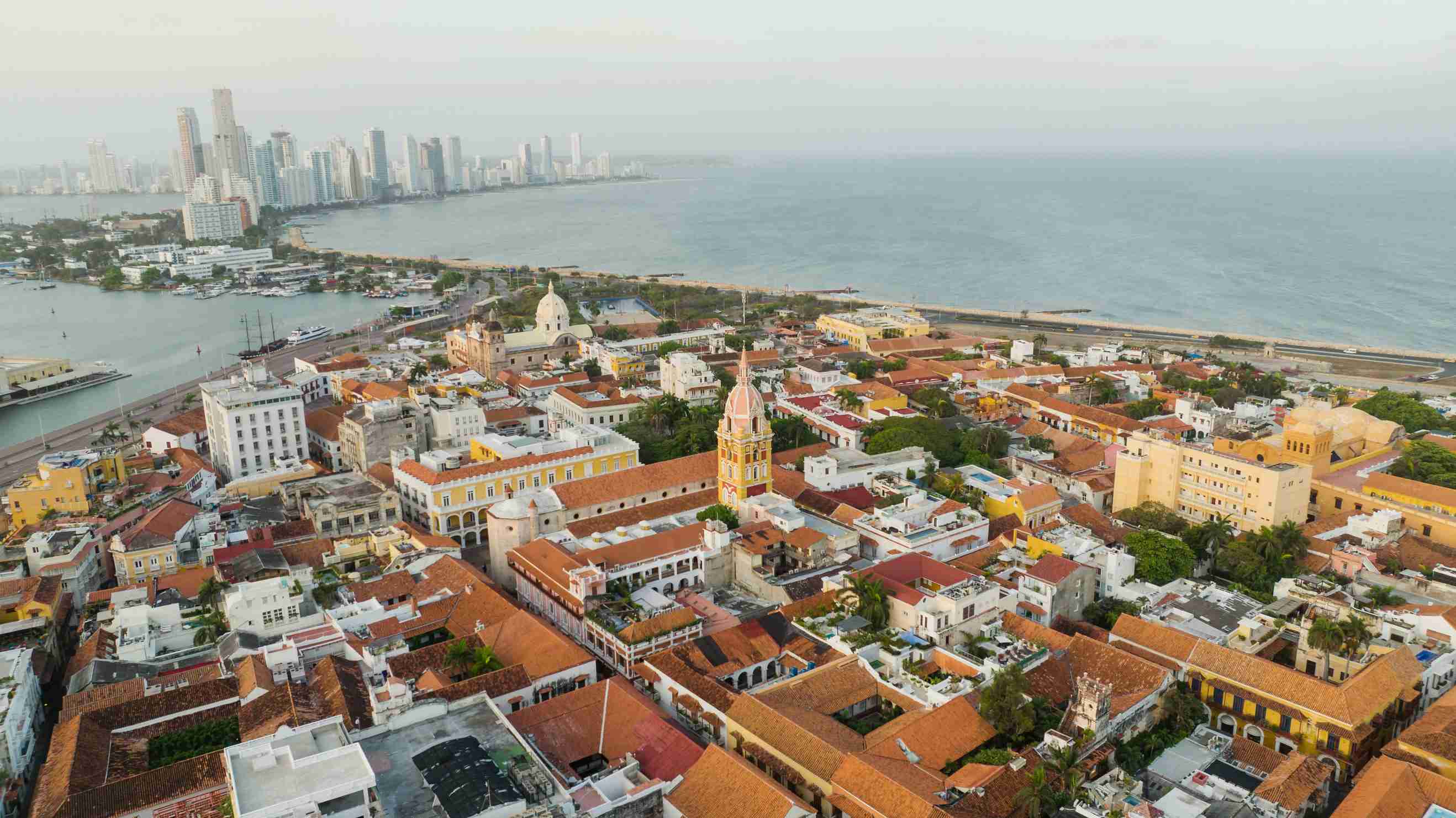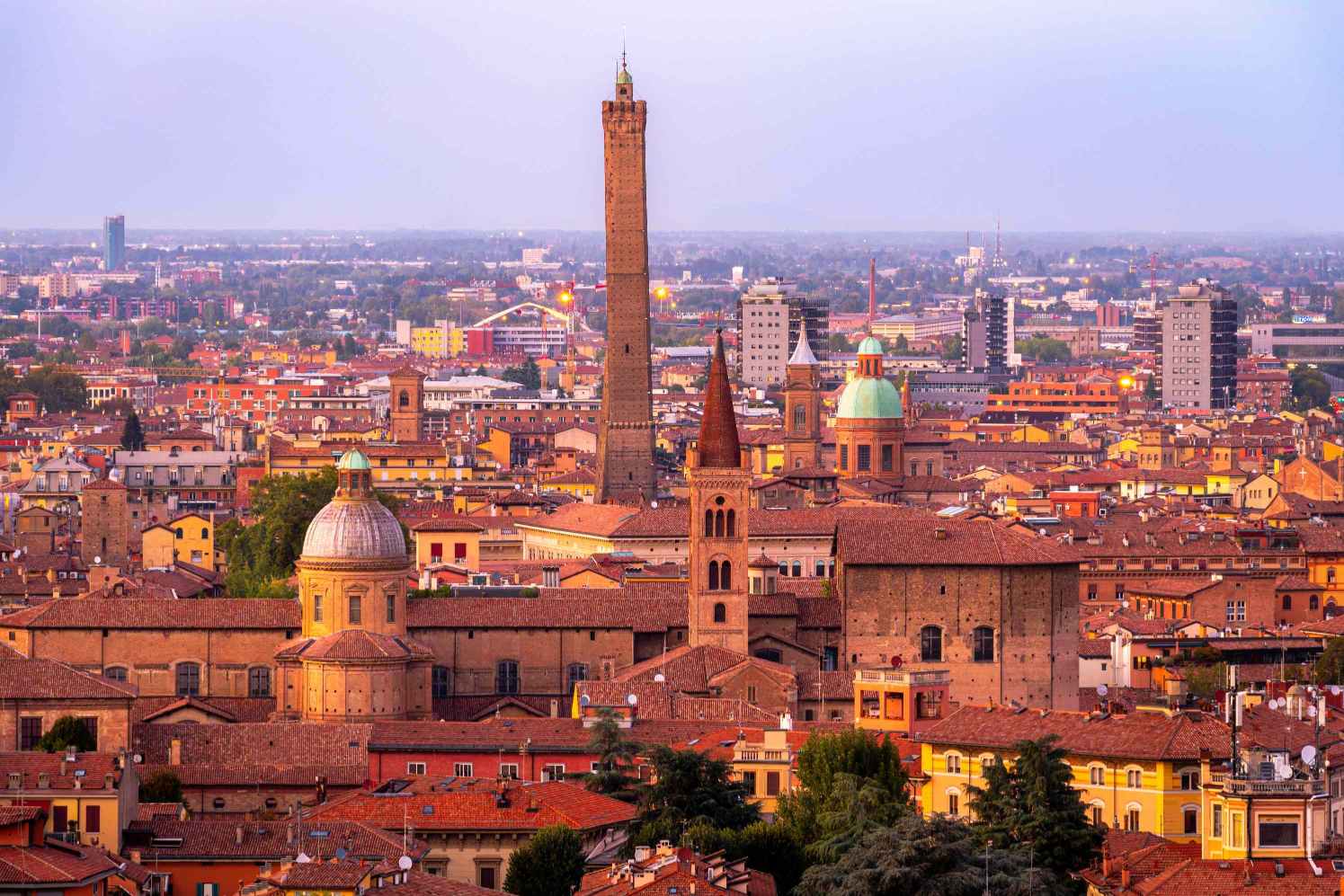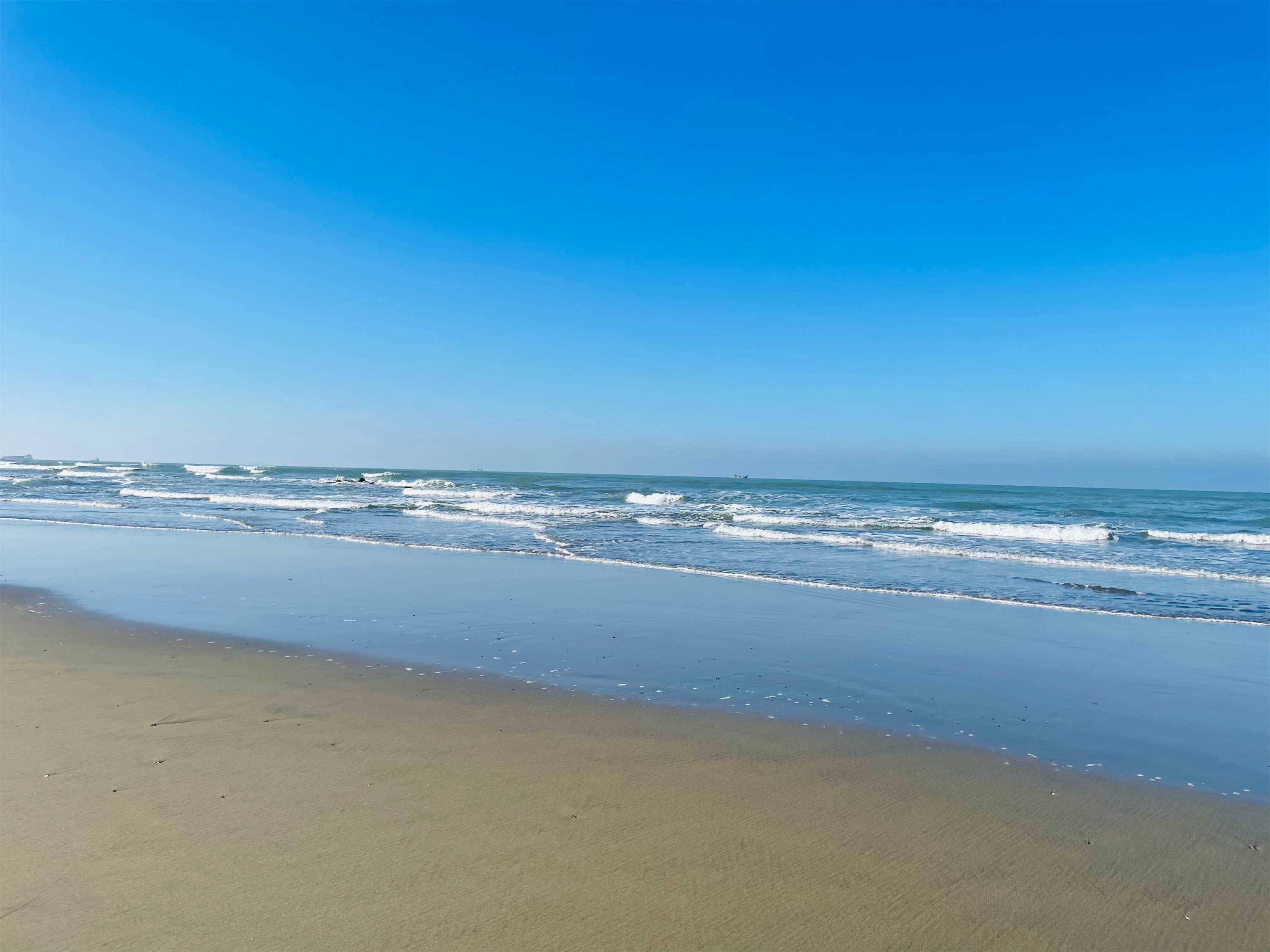Beijing, the capital city of China, is a dynamic metropolis that beautifully blends history, culture, and modernity. As one of the most iconic cities in the world, Beijing offers travelers a fascinating mix of ancient landmarks, royal palaces, bustling markets, and cutting-edge architecture. Known for its rich cultural heritage, Beijing is a must-visit for anyone wanting to experience the heart of Chinese civilization, from the majestic Great Wall to the grand Forbidden City. The city is a place where you can explore thousands of years of history while also diving into the excitement of modern Chinese life.
Main Attractions of Beijing, China
Beijing is home to some of the world’s most remarkable historical and cultural landmarks. Here are the top attractions you shouldn’t miss:
-
The Forbidden City (Palace Museum):
- This UNESCO World Heritage site was the imperial palace for 24 emperors of the Ming and Qing dynasties. A vast complex of stunning architecture and priceless treasures, the Forbidden City is a must-see for anyone interested in Chinese history and culture.
-
The Great Wall of China:
- One of the Seven Wonders of the World, the Great Wall stretches over 13,000 miles across China. The most popular sections near Beijing are Badaling and Mutianyu, offering scenic views and a glimpse into China’s ancient defense systems.
-
Tiananmen Square:
- Known as the world’s largest public square, Tiananmen Square is not only a key historical landmark but also a symbol of China’s political and cultural significance. It’s home to the Monument to the People’s Heroes, the Mausoleum of Mao Zedong, and the National Museum of China.
-
Temple of Heaven:
- A beautiful example of ancient Chinese architecture, the Temple of Heaven is where emperors once prayed for a good harvest. The surrounding park is a peaceful spot where locals practice Tai Chi and engage in traditional activities.
-
Summer Palace:
- An imperial garden, the Summer Palace is a vast ensemble of lakes, temples, and lush landscapes. It was the summer retreat for the Qing emperors and is known for its stunning views and ornate pavilions.
-
Lama Temple (Yonghe Temple):
- A Tibetan Buddhist temple, the Lama Temple is one of the largest and most important temples in Beijing. It’s famous for its intricate architecture and the massive Maitreya Buddha statue made from a single piece of sandalwood.
-
Hutongs:
- These narrow, traditional alleyways are a glimpse into Beijing’s past, offering a contrast to the city’s modern skyscrapers. A visit to the hutongs provides a unique experience of old Beijing, with local shops, eateries, and historical courtyards.
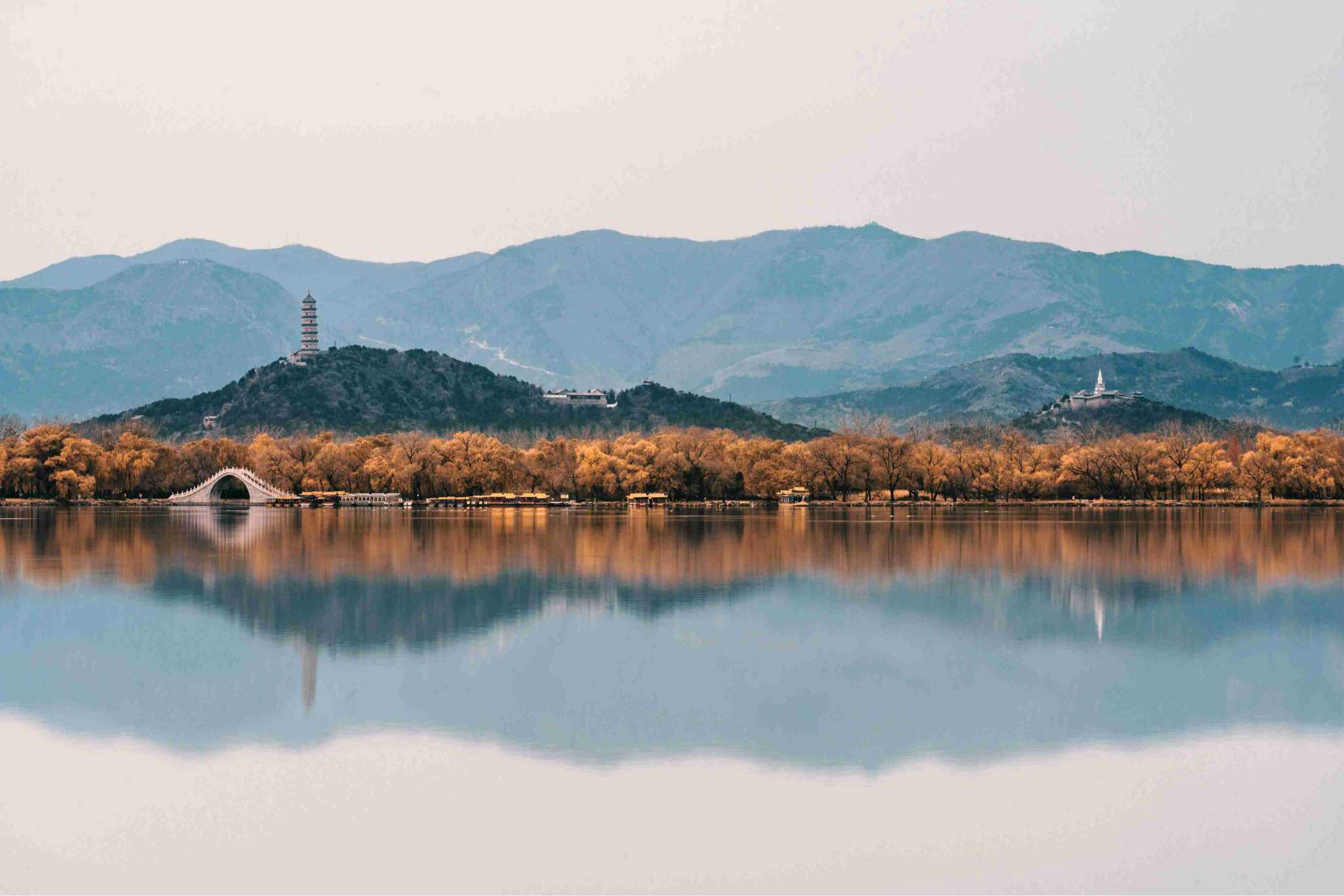
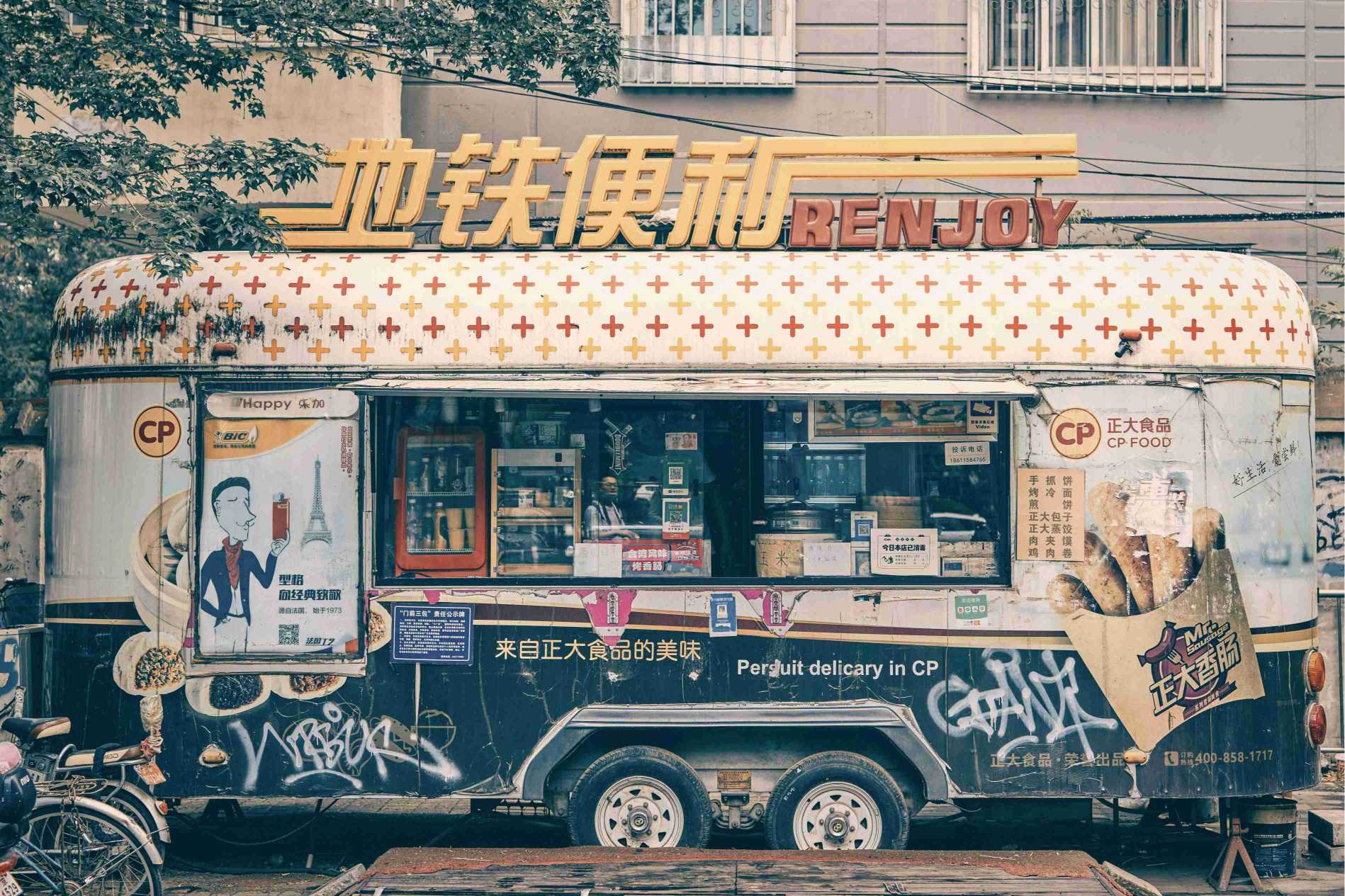

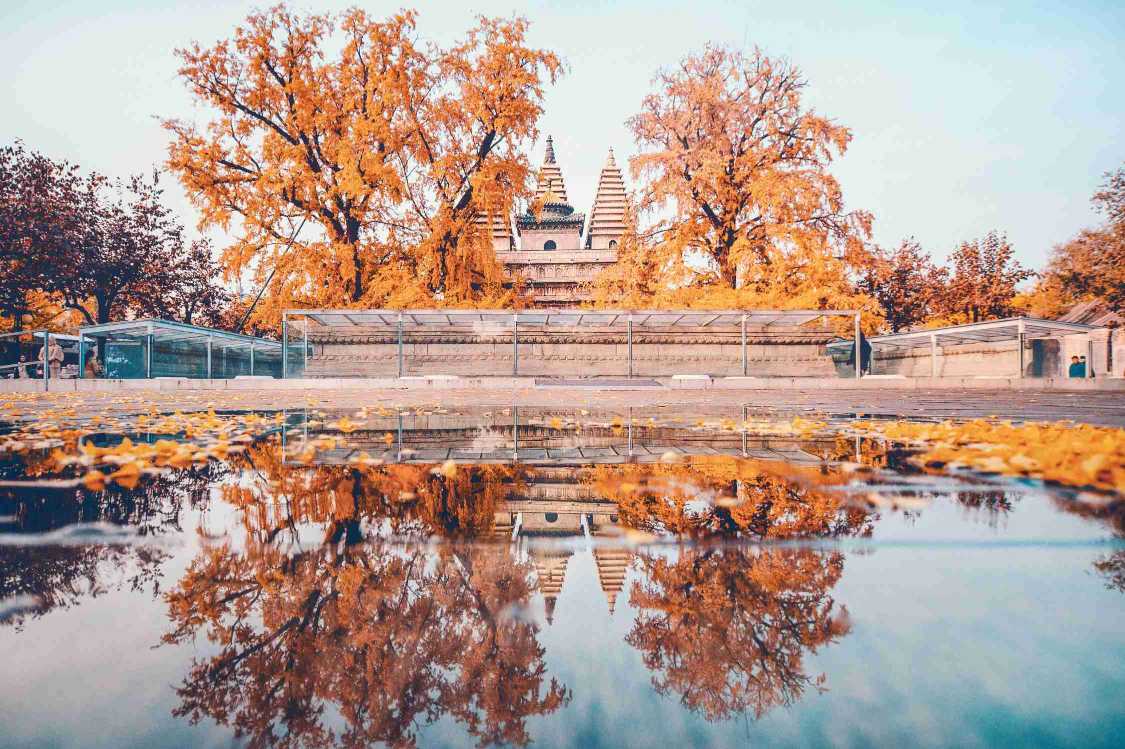
Culture of Beijing, China
Beijing’s culture is deeply rooted in its long history as the capital of various dynasties. The city reflects the broader culture of China while also showcasing its own unique heritage. Here are some cultural highlights:
- Chinese Opera: Beijing opera, known for its colorful costumes, dramatic music, and exaggerated performances, is an important part of Chinese cultural heritage. Peking opera performances can be seen at venues like the Liyuan Theatre.
- Calligraphy and Art: Beijing is home to many art galleries and museums that feature traditional Chinese calligraphy, painting, and modern art. The National Art Museum of China is a must-visit for art lovers.
- Tea Culture: Tea is an essential part of Chinese life, and Beijing is filled with tea houses where visitors can learn about tea history, taste different varieties, and enjoy traditional tea ceremonies.
How to Reach Beijing, China
Beijing is well connected by air, rail, and road, making it easy to reach from anywhere in China or internationally:
-
By Air:
- Beijing Capital International Airport (PEK) is one of the busiest airports in the world, offering direct flights to and from most major cities globally.
-
By Train:
- Beijing is a major hub in China’s extensive high-speed rail network, with fast trains connecting the city to other major cities like Shanghai, Xi’an, and Guangzhou.
-
By Car:
- Driving to Beijing is possible via highways from surrounding regions, though it’s often easier and quicker to take high-speed trains or flights.
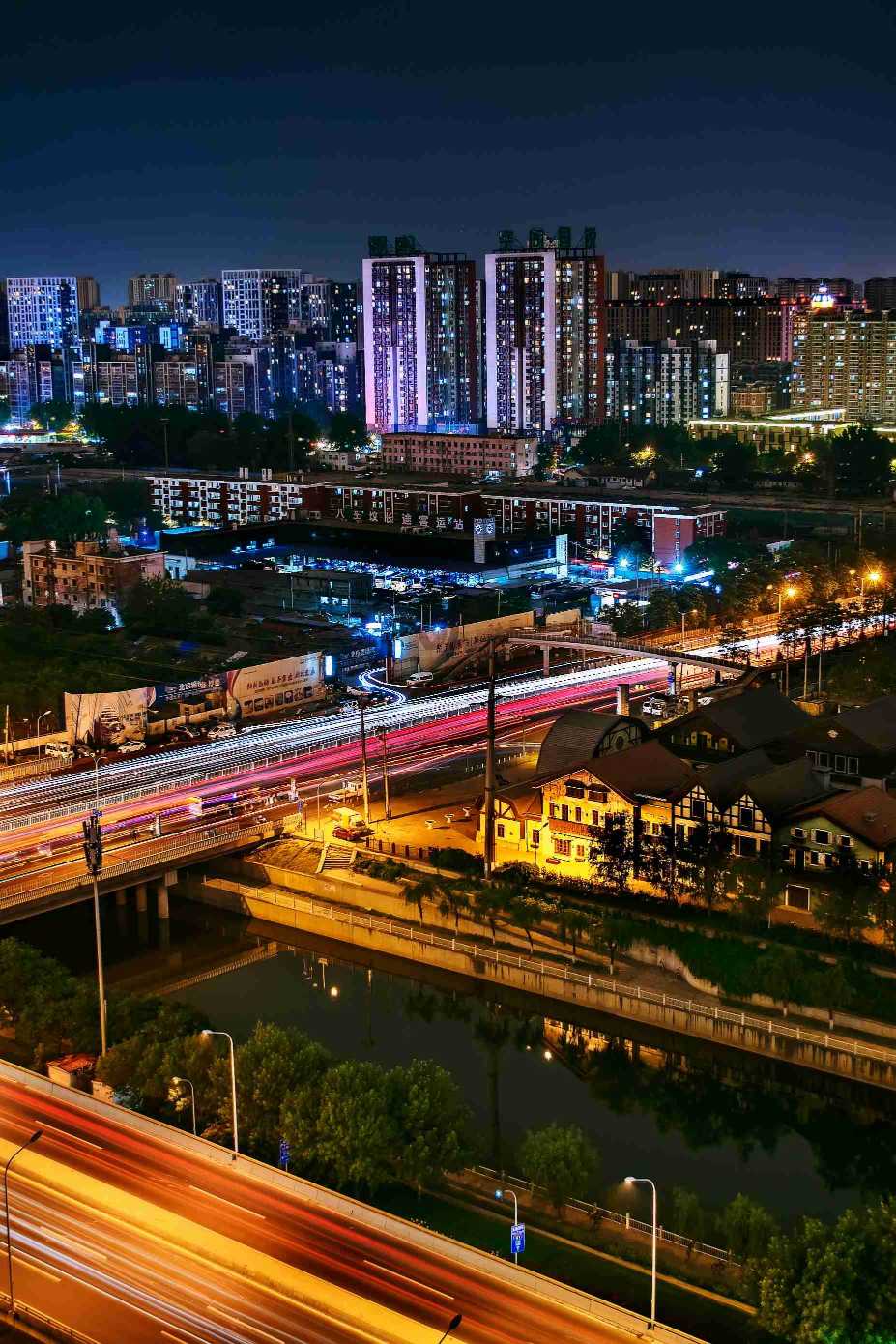
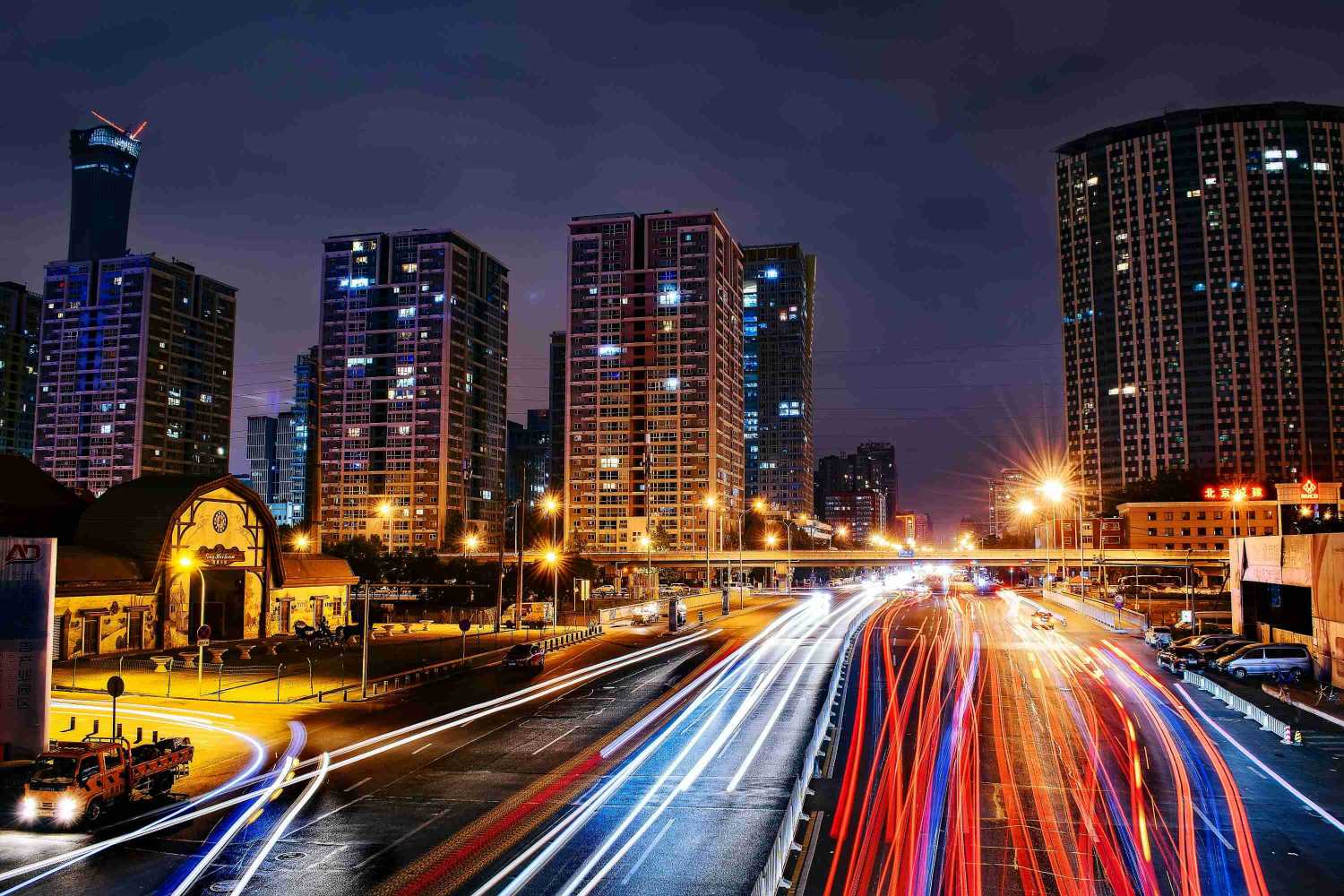


Accommodation Arrangements
Beijing offers a range of accommodations to fit all budgets, from luxury hotels to budget-friendly hostels:
-
Luxury Hotels:
- The Peninsula Beijing: A lavish hotel offering modern amenities and traditional Chinese design elements.
- Waldorf Astoria Beijing: A luxurious hotel located in a central location, combining modern comforts with classic elegance.
-
Mid-Range Hotels:
- Park Plaza Beijing Wangfujing: Offers great value with spacious rooms and a central location near shopping and cultural sites.
- Holiday Inn Express Beijing Dongzhimen: A budget-friendly yet comfortable option with easy access to Beijing’s attractions.
-
Budget Stays:
- Beijing Downtown Backpackers Hostel: A popular and affordable choice with a lively atmosphere and convenient access to local sights.
- Peking Yard Hostel: A cozy, budget-friendly hostel located near the Forbidden City and other cultural landmarks.
Local Foods to Try
Beijing is a food lover’s paradise with a variety of traditional Chinese dishes to try. Here are some must-try foods:
- Peking Duck: Beijing’s most famous dish, Peking duck is known for its crispy skin and tender meat, served with pancakes, hoisin sauce, and vegetables.
- Zha Jiang Mian: A Beijing-style noodle dish with a savory sauce made from fermented soybeans and ground pork.
- Jianbing: A popular street food breakfast, this thin pancake is filled with eggs, herbs, and crispy crackers, then rolled up and served hot.
- Baozi: Steamed buns filled with meat, vegetables, or sweet fillings.
- Chuan’r: Grilled skewers of meat, typically lamb or chicken, seasoned with cumin and chili powder.

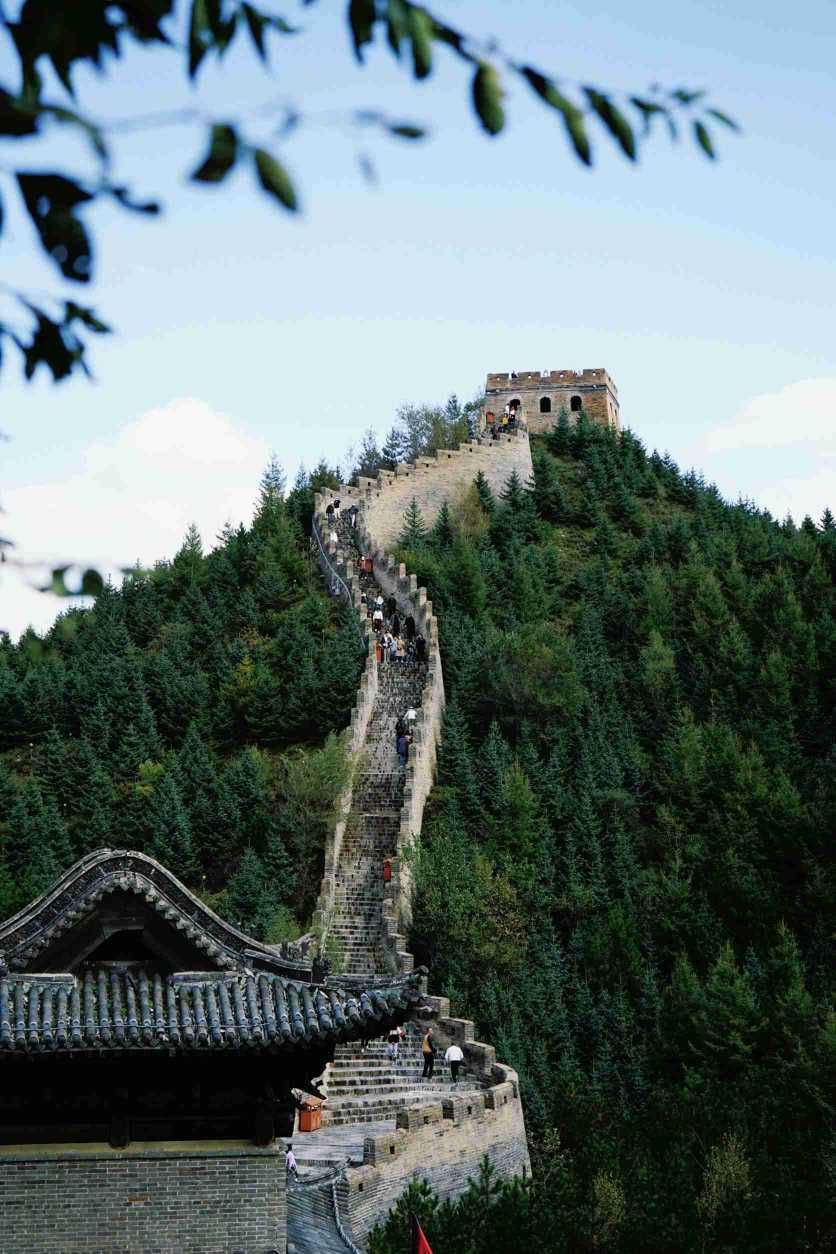
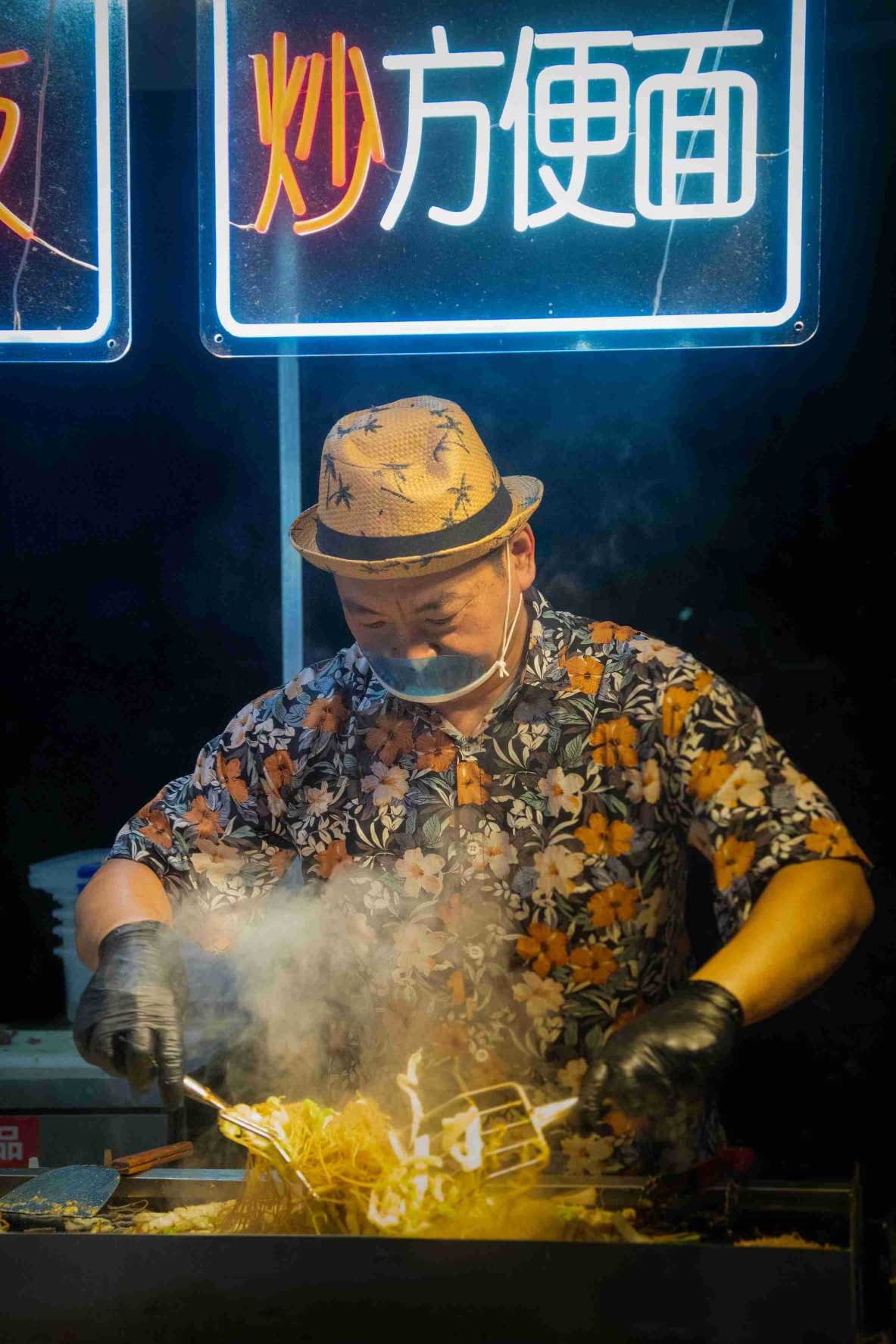
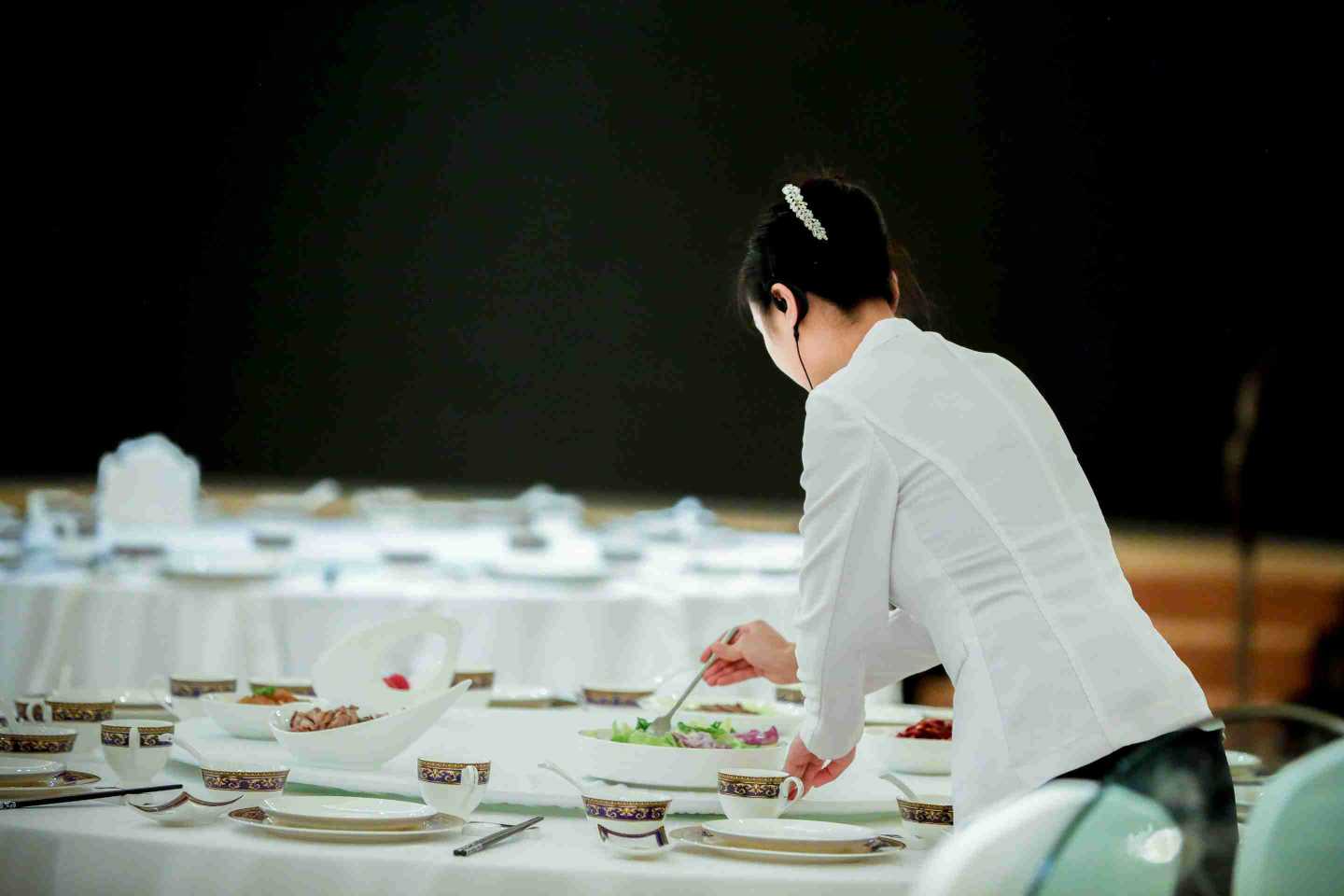
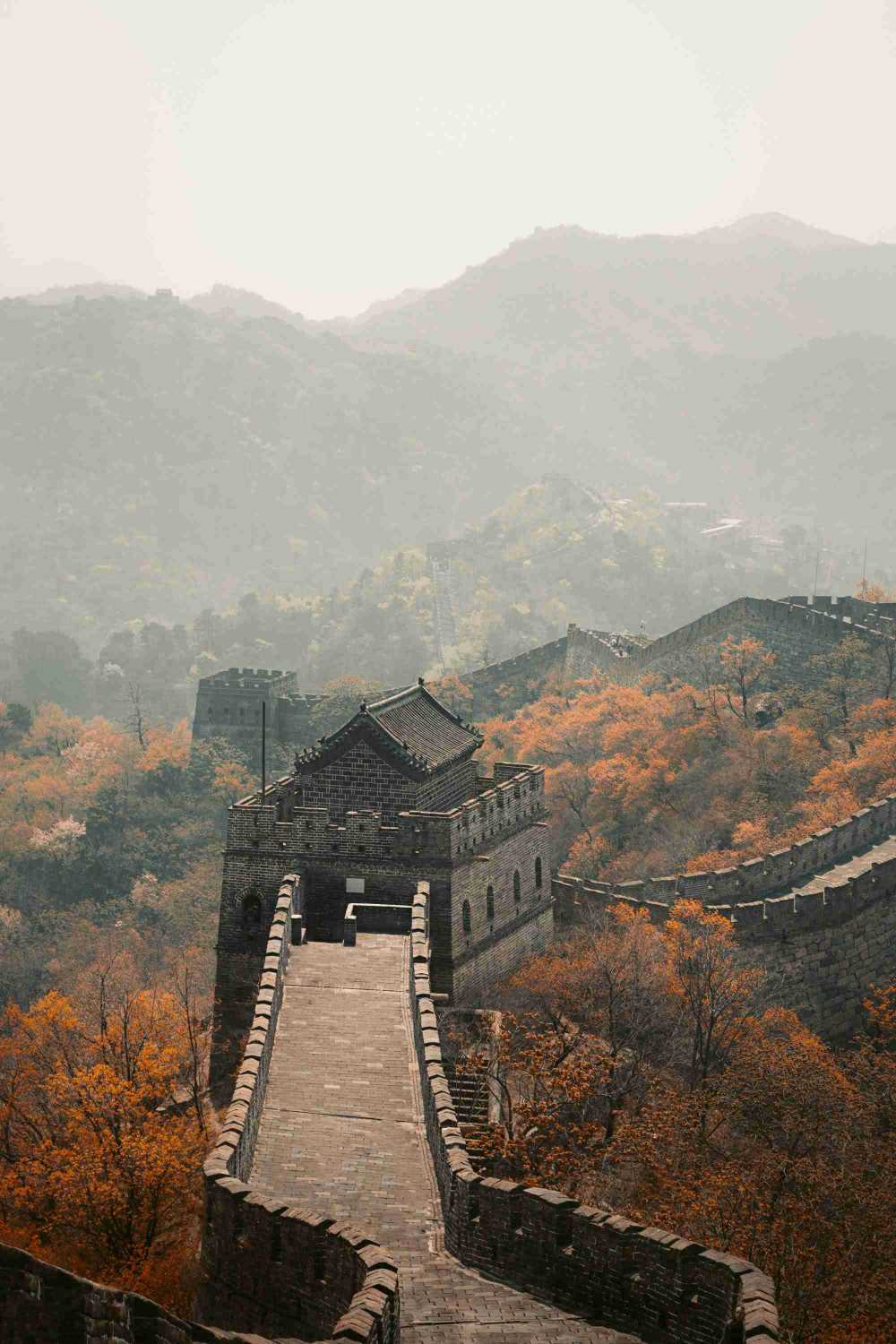
Best Time to Visit
The best time to visit Beijing is during the spring (April to May) and autumn (September to October) when the weather is mild, making it perfect for sightseeing. Summer can be hot and crowded, while winter can be very cold but less crowded, with the city covered in snow.
Nearby Attractions
While in Beijing, consider exploring these nearby locations:
- The Ming Tombs: A collection of mausoleums of 13 Ming dynasty emperors, located just outside Beijing.
- Mutianyu Great Wall: A less crowded section of the Great Wall, perfect for hiking and enjoying breathtaking views.
- Chengde: A historic city known for its Summer Mountain Resort and eight outer temples, located about four hours north of Beijing.
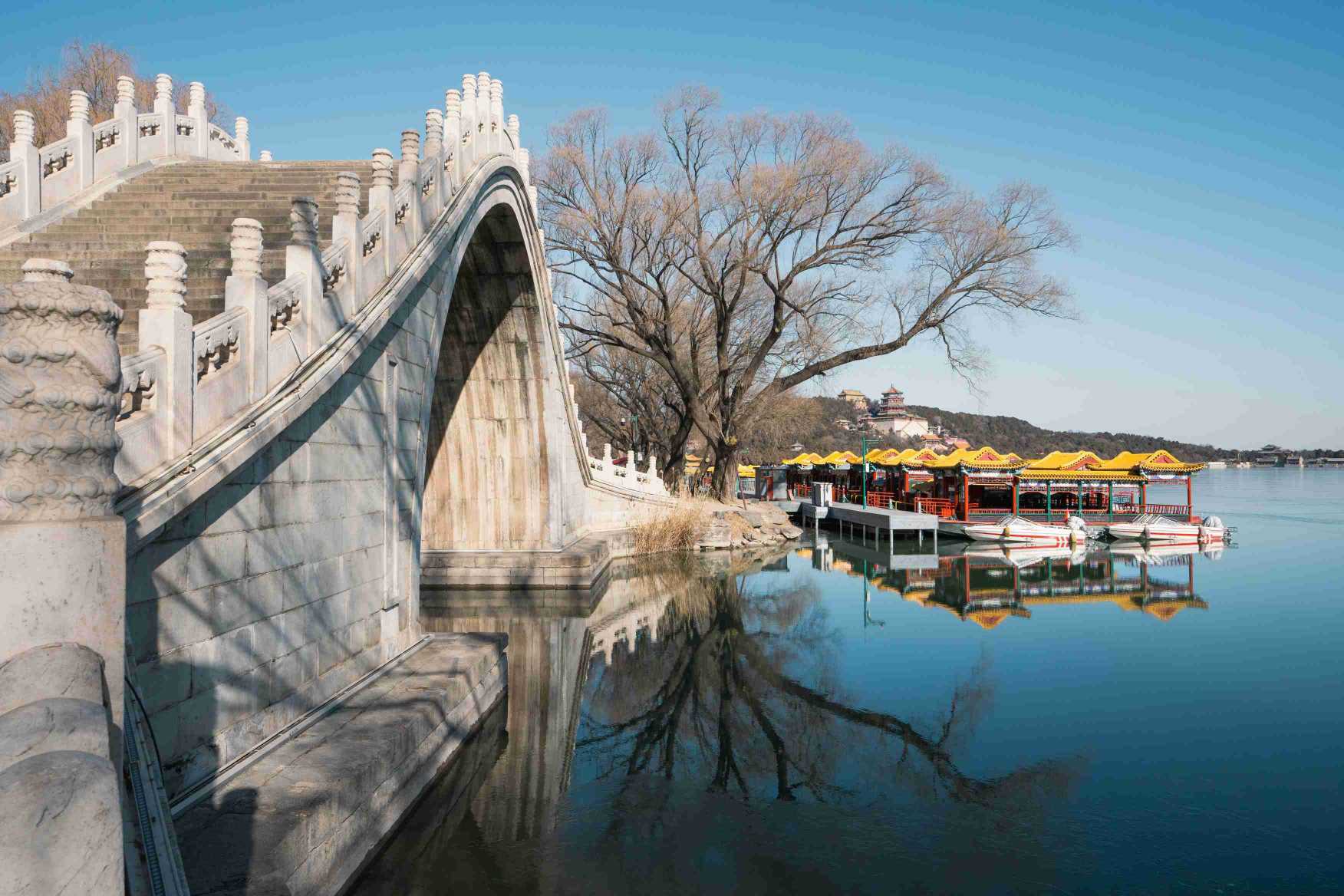
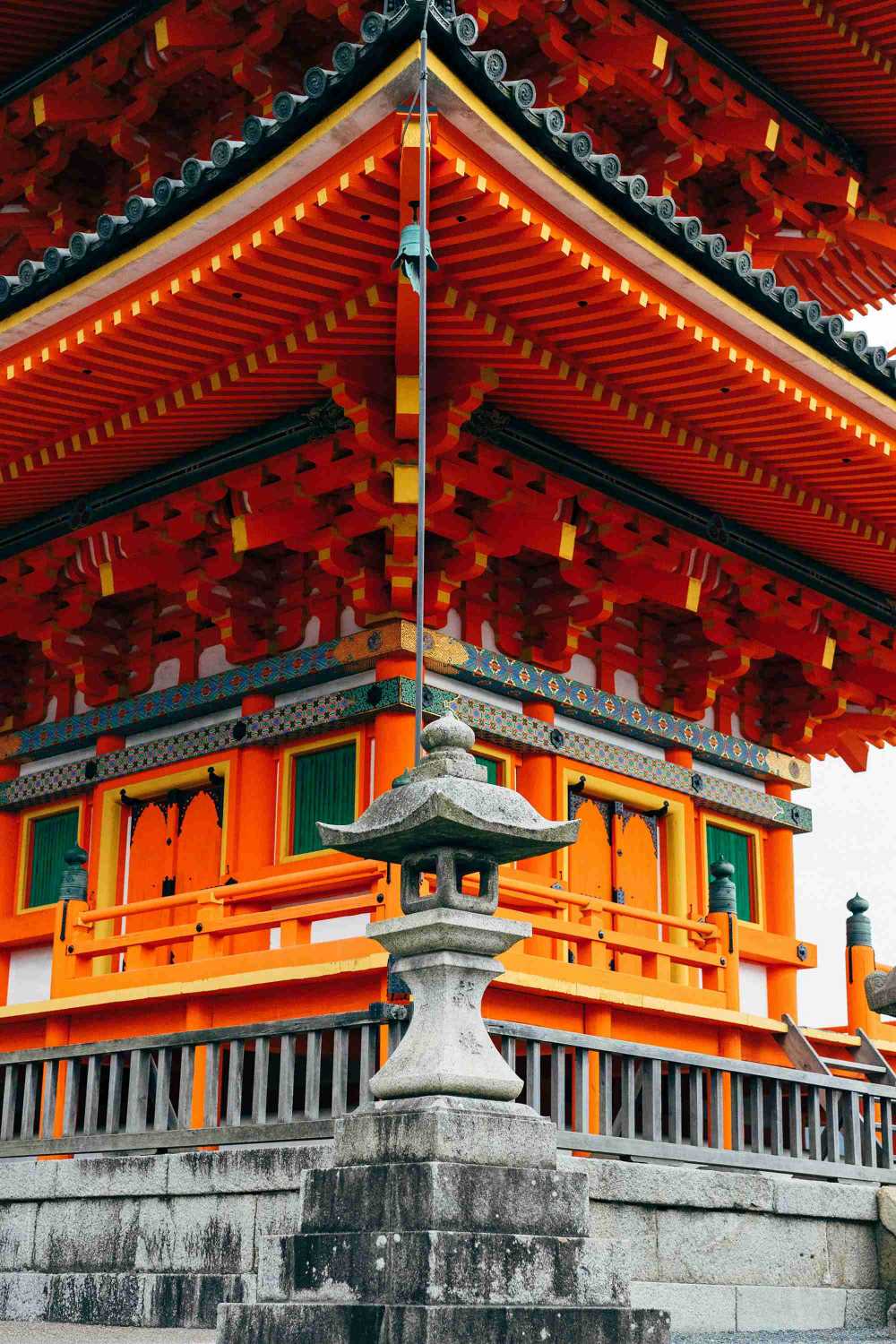
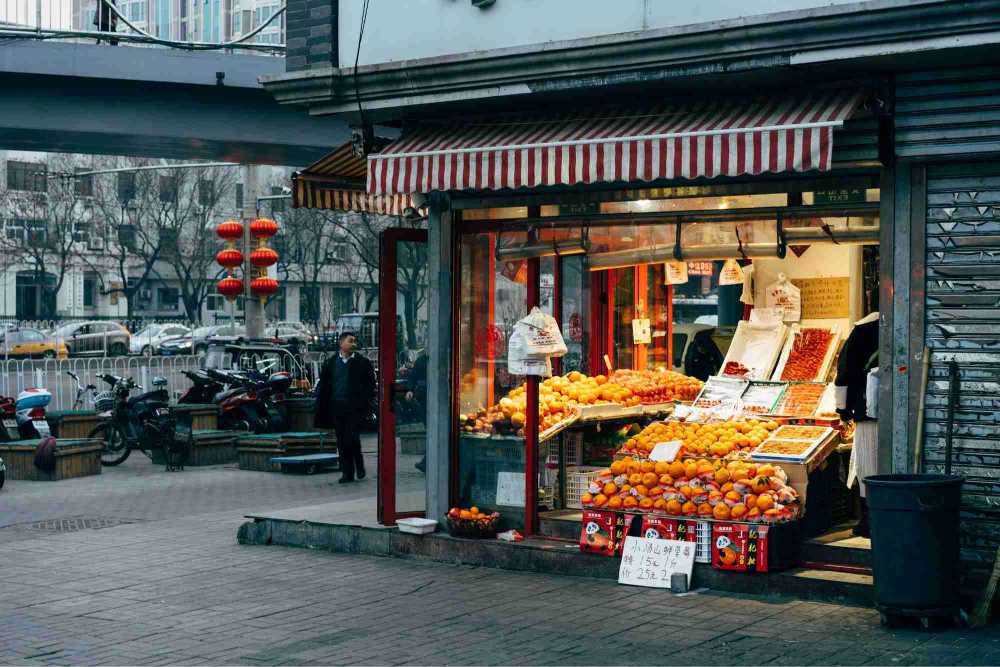
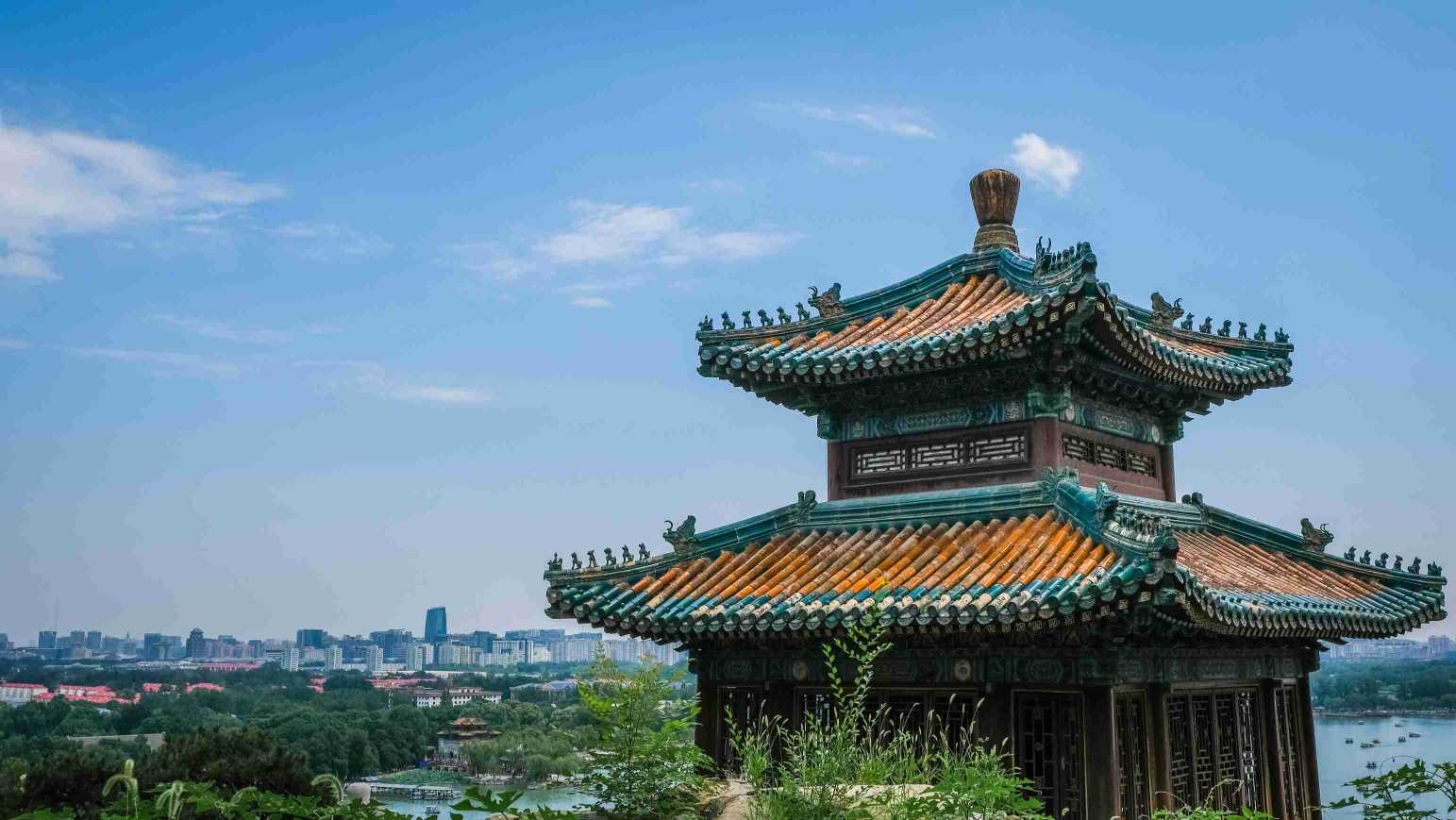
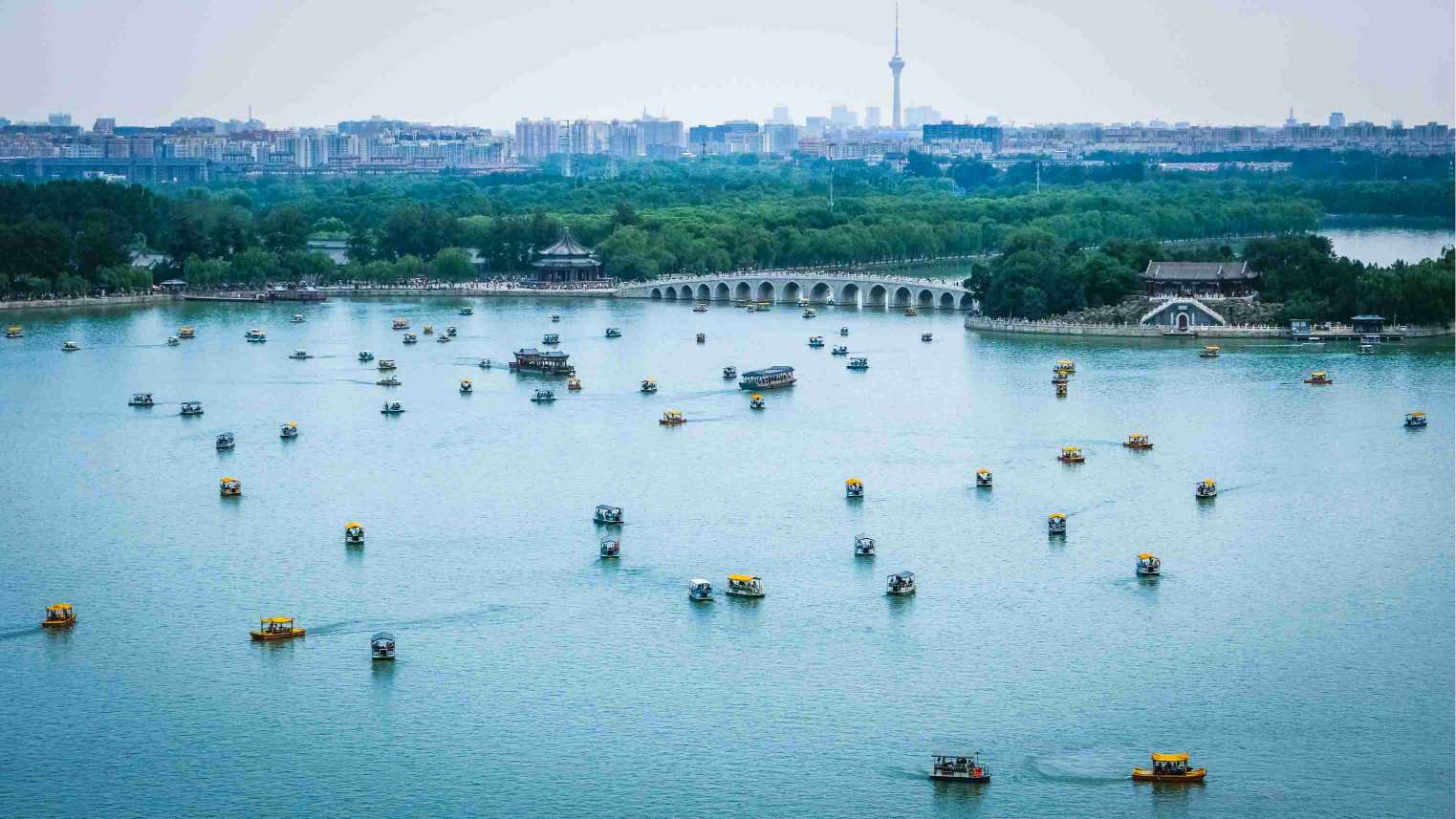
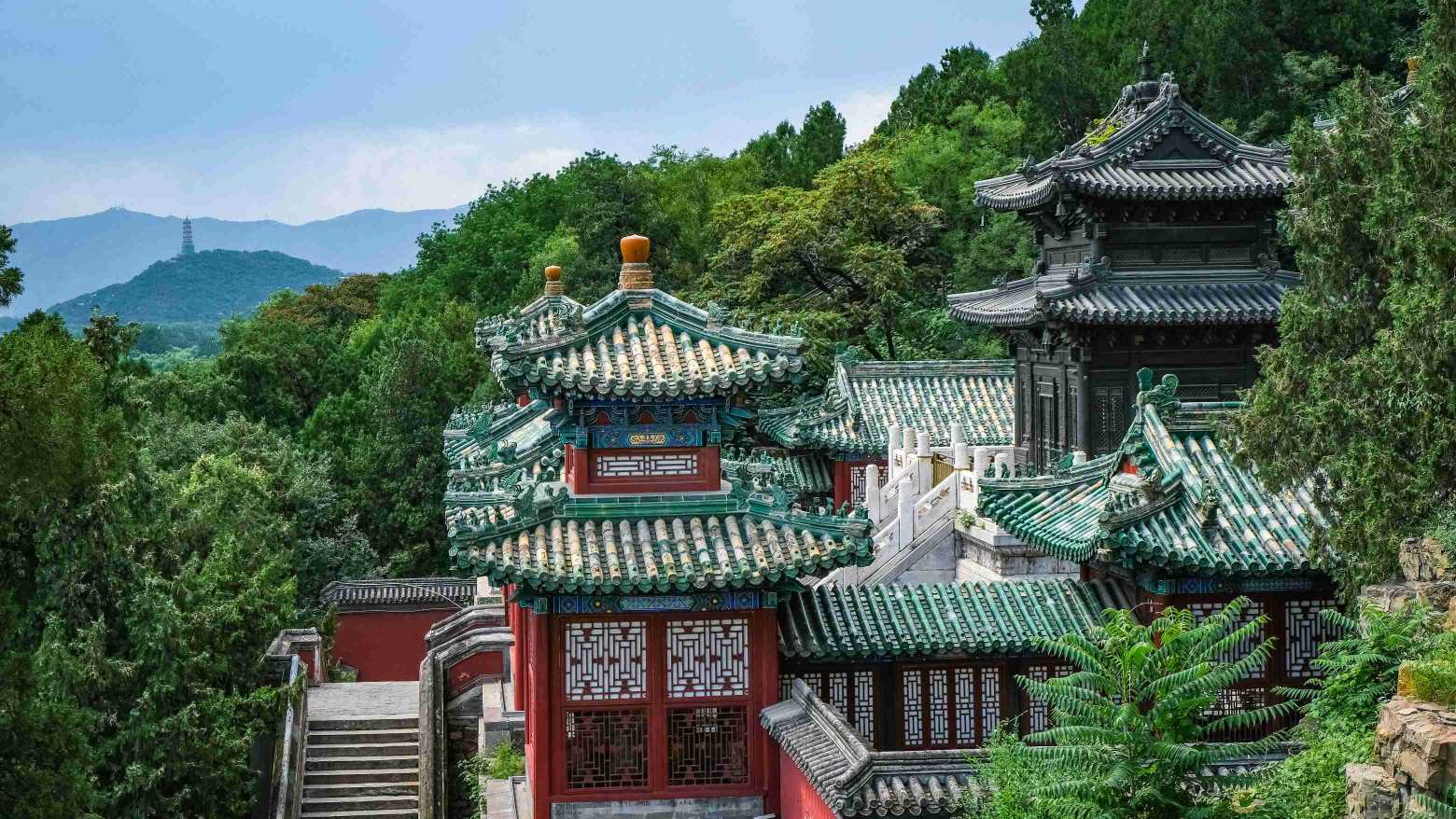
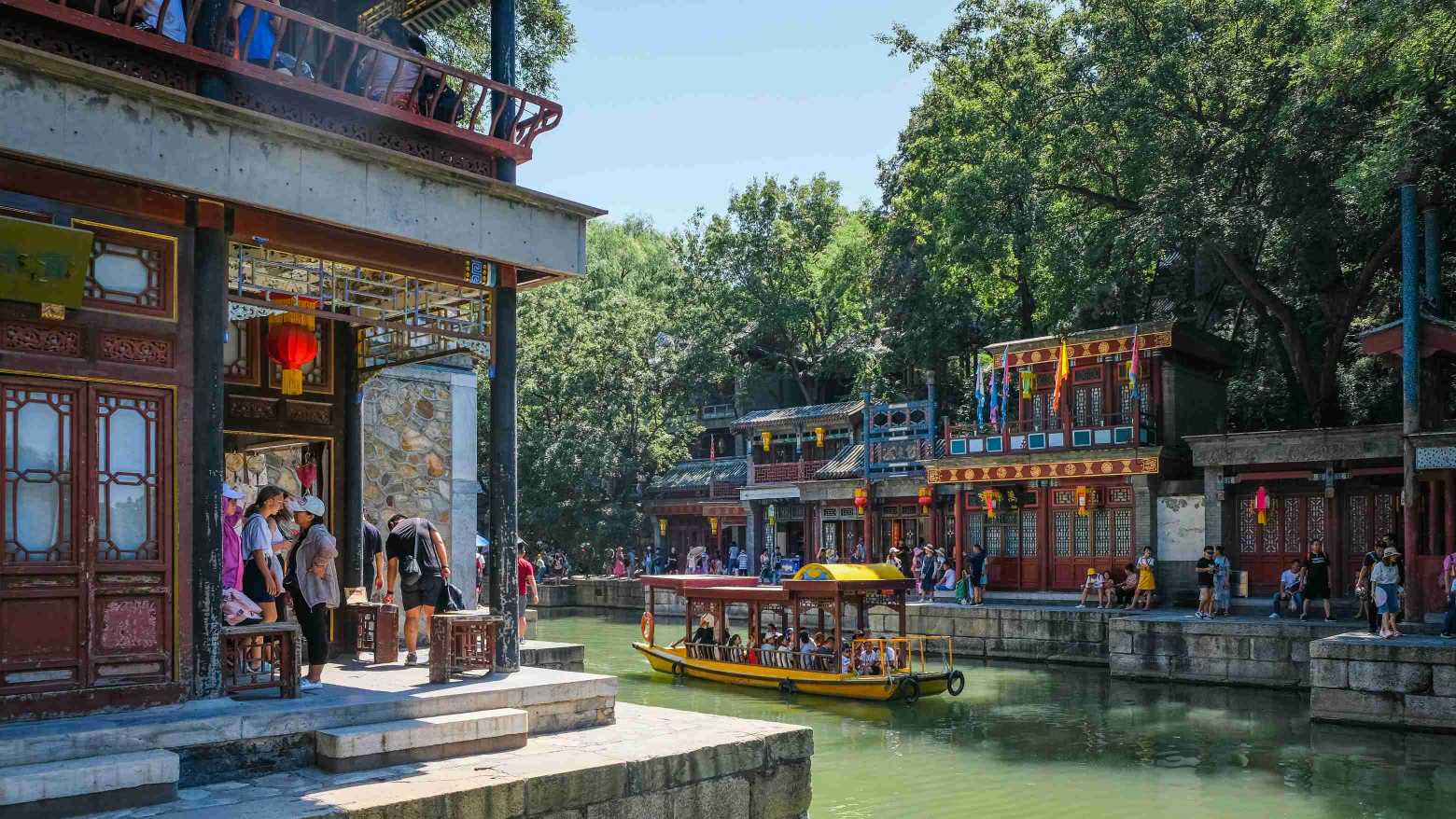
Where to Shop
Beijing offers a wide variety of shopping experiences, from traditional markets to high-end malls:
- Wangfujing Street: One of Beijing’s most famous shopping streets, known for its department stores, shopping malls, and street food stalls.
- Silk Market: A bustling market where you can bargain for silk products, clothing, electronics, and souvenirs.
- Panjiayuan Antique Market: A famous market for antiques and Chinese cultural artifacts, perfect for unique souvenirs.
Things to Do
- Visit Historical Sites: Explore iconic landmarks such as the Forbidden City, Temple of Heaven, and the Great Wall.
- Explore Traditional Markets: Wander through local markets like Wangfujing and Silk Street for souvenirs and local goods.
- Try Street Food: Don’t miss Beijing’s famous street food, including Peking duck, dumplings, and jianbing.
- Walk Through the Hutongs: Discover the charming alleyways that offer a glimpse into old Beijing life.
What to Pack
- Comfortable shoes for walking and exploring the city’s vast historical sites.
- A camera to capture the architectural marvels and scenic views.
- Light layers for warm weather or a jacket for colder months.
- A power adapter for Chinese electrical outlets (220V, Type A, and Type C plugs).
- Sunscreen and sunglasses for sunny days.
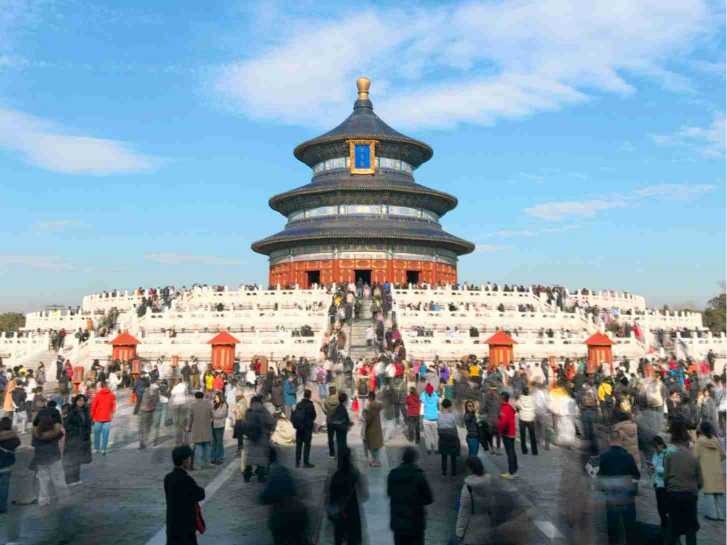
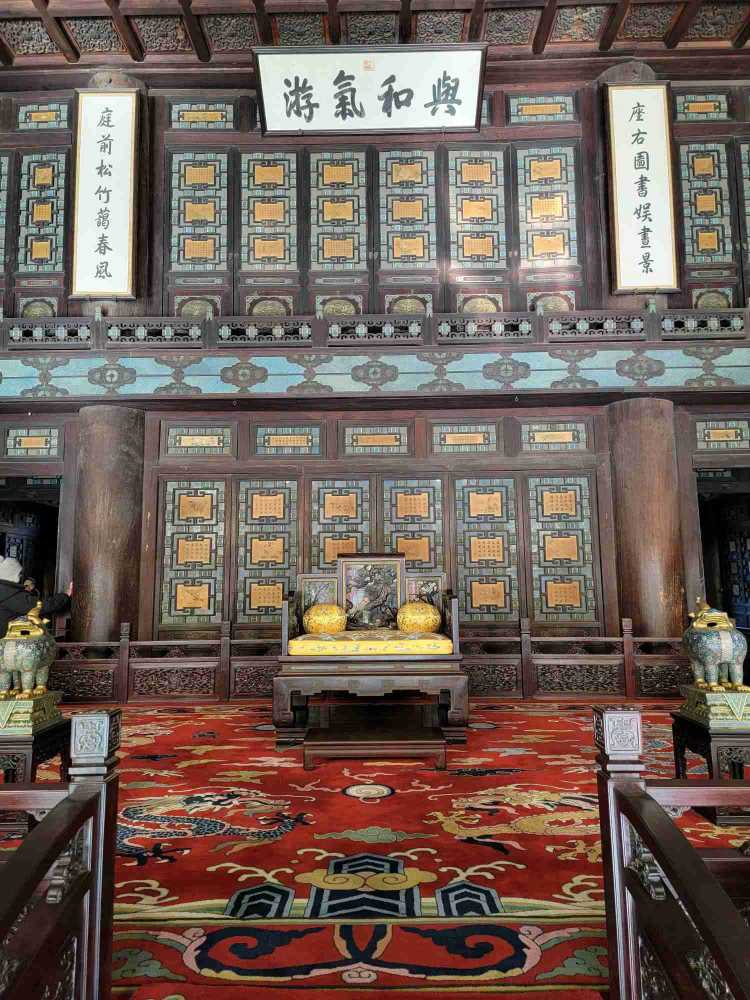
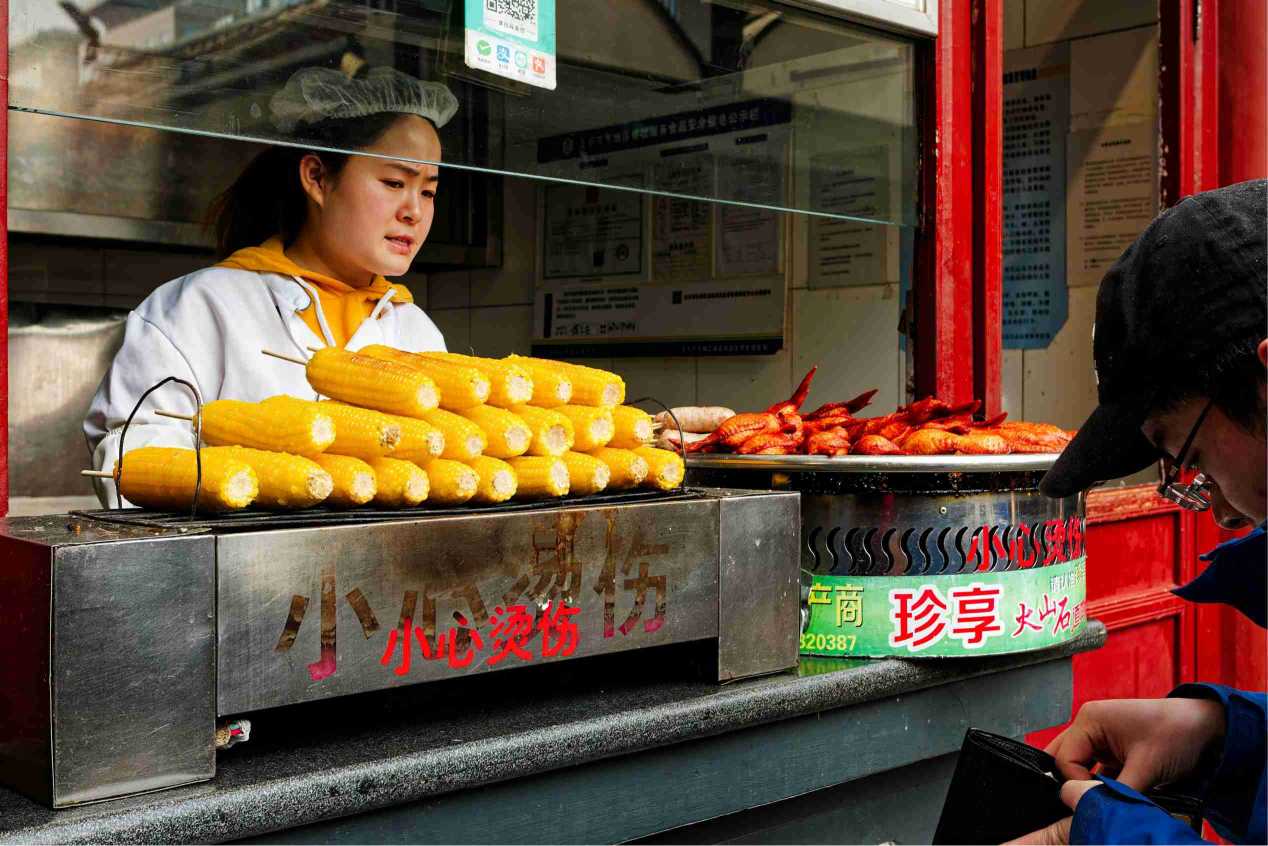
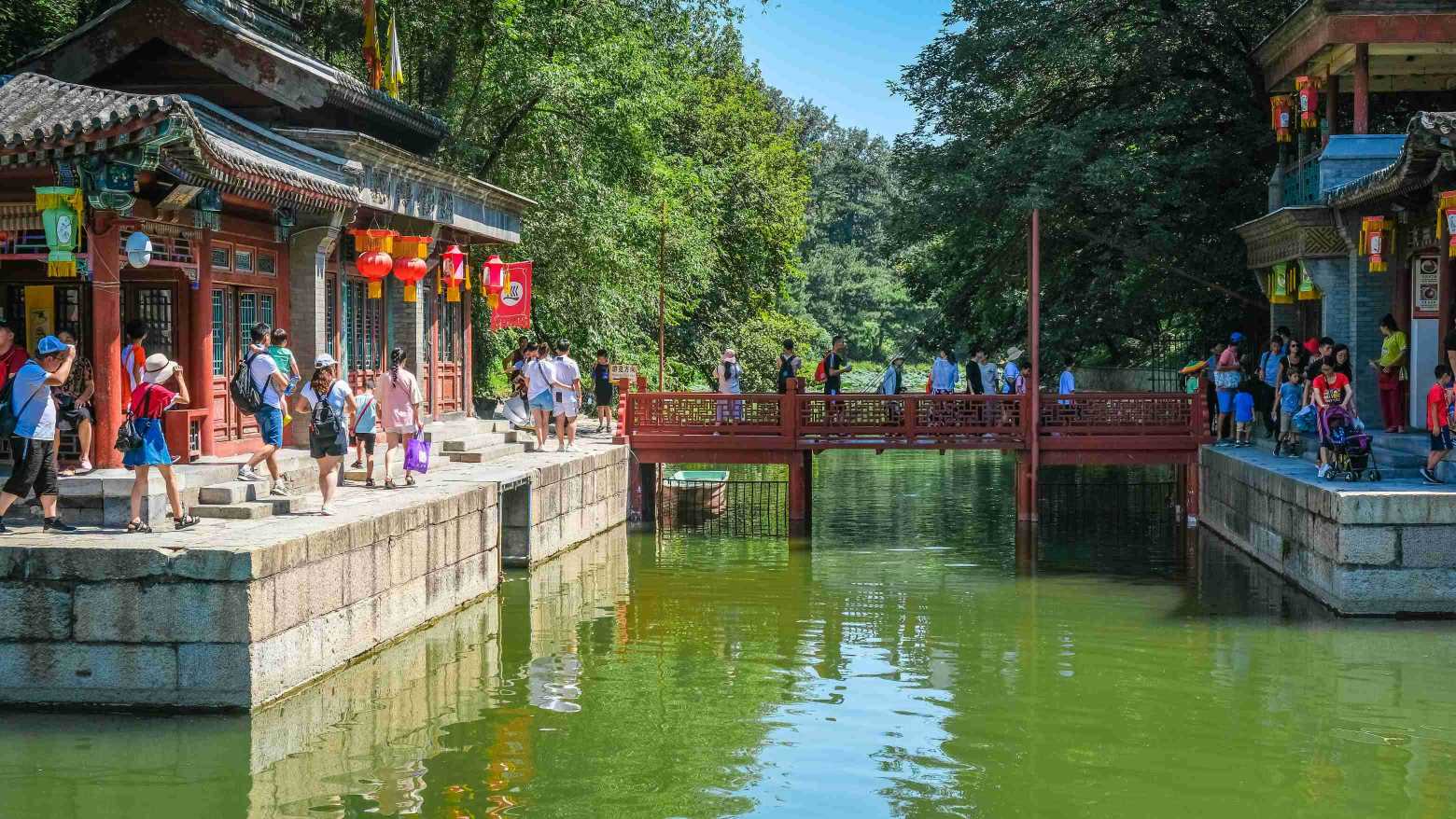
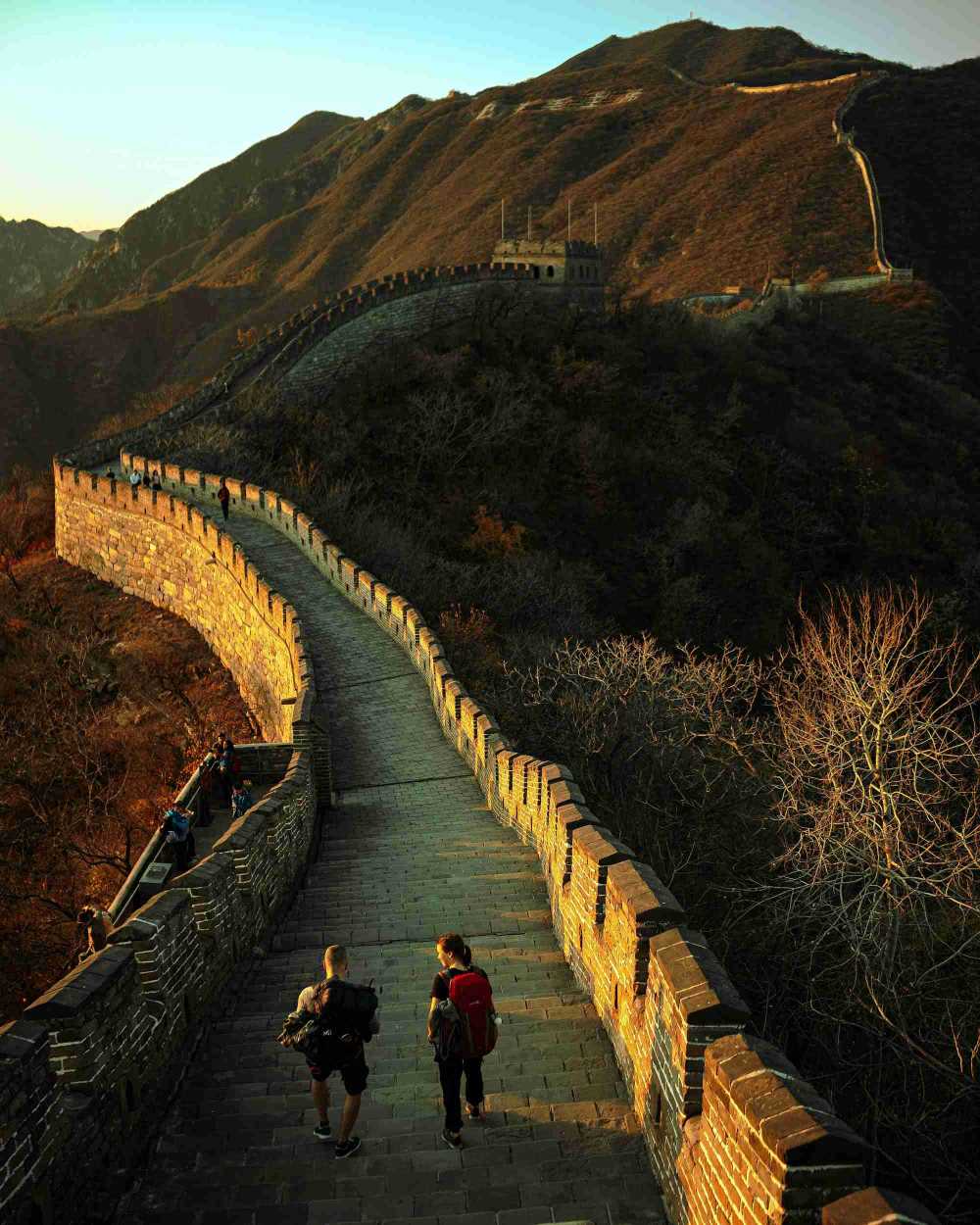
Beijing offers an extraordinary journey through China’s history and culture. Whether you’re marveling at the grandeur of the Great Wall, strolling through ancient palaces, or savoring delicious local food, Beijing promises an unforgettable experience. This vibrant city is where the past and future of China come together, creating a destination that appeals to every kind of traveler.
FAQs
-
How much time is needed to explore Beijing?
- At least 4-5 days are recommended to explore the main attractions thoroughly.
-
Is Beijing safe for tourists?
- Yes, Beijing is generally safe, though it’s always good to stay cautious in crowded areas.
-
Do I need a visa to visit Beijing?
- Yes, most travelers require a visa to enter China. Ensure you check the visa requirements based on your nationality.
-
What is the local currency?
- The local currency is the Chinese Yuan (CNY), also known as Renminbi (RMB).
-
Are there health risks in Beijing?
- Air quality can sometimes be poor in Beijing, so it’s advisable to monitor air quality and wear a mask if needed.
-
What is the best way to get around Beijing?
- The Beijing subway is the most efficient and affordable way to get around. Taxis and ride-hailing apps like Didi are also widely available.
Beijing offers a blend of ancient traditions and modern wonders, making it one of the most exciting cities in the world to visit. Whether you’re walking through the historic sites or experiencing the energy of the city’s modern developments, Beijing is sure to leave you with lasting memories!


